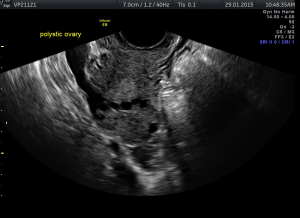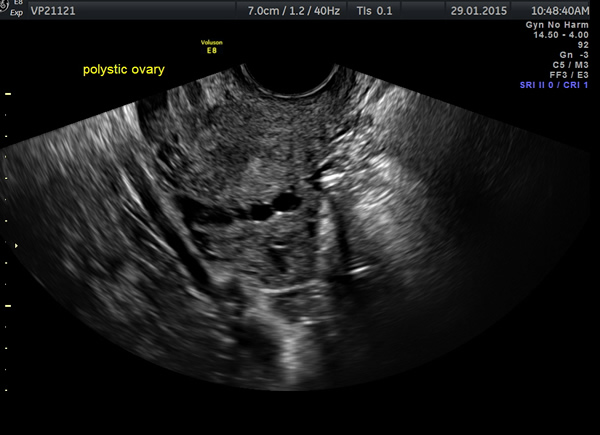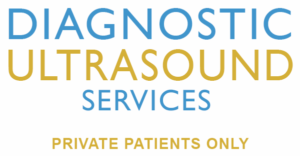Polycystic Ovaries
Polycystic ovary syndrome is an endocrine disorder that affects approximately one in ten women. It occurs amongst all races and nationalities, is the most common hormonal disorder among women of reproductive age, and is a leading cause of infertility. The principal features are lack of regular ovulation and excessive amounts or effects of androgenic hormones. The symptoms and severity of the syndrome vary greatly between women. While the causes are unknown, insulin resistance (often secondary to obesity) is heavily correlated with PCOS.
The clinical presentation could include one or several of the following features: irregular periods, reduced fertility, hair growth, acne and obesity. Treatment includes weight loss (if you are overweight), and lifestyle changes in addition to treating the individual symptoms. Reduced fertility secondary to irregular/lack of ovulation could be treated with medication.
Tests may be advised to clarify the diagnosis, and to rule out other hormone conditions.
- Blood tests may be taken to measure certain hormones such as testosterone, FSH and LH.
- An ultrasound scan of the ovaries may be advised. This can detect the typical appearance of PCOS with the many follicles (small cysts) in slightly enlarged ovaries.
Polycystic ovaries, as seen on a trans-vaginal scan appears to be a very common condition. This can cause anxiety. It should be remembered that most women with this condition will conceive naturally, although this may take a little longer than expected.




